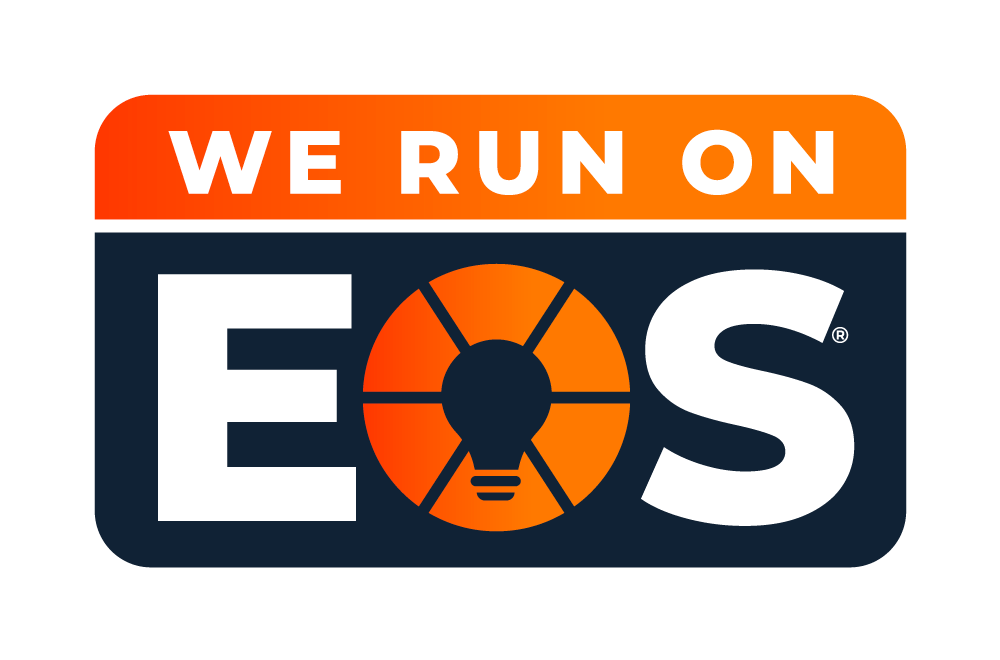For businesses that use Acumatica SaaS, the database is Microsoft SQL Server.
Microsoft SQL Server is an enterprise-class relational database management system. SQL stands for Structured Query Language, the most commonly used language for interacting with databases.
SQL is server-based software that allows users to access data from any device with an internet connection.
It supports various types of storage, including:
- Filegroups and tablespaces store data files in the filesystem;
- Memory-optimized tables store data entirely in RAM;
- Clustered columnstore indexes store large amounts of sparsely populated data across multiple disks.
The engine also supports distributed queries across multiple instances of SQL Server to provide high availability for query execution.
You can always check your database usage within the application on the screen named Space Usage. T
For private cloud deployments, there are other options.

















































